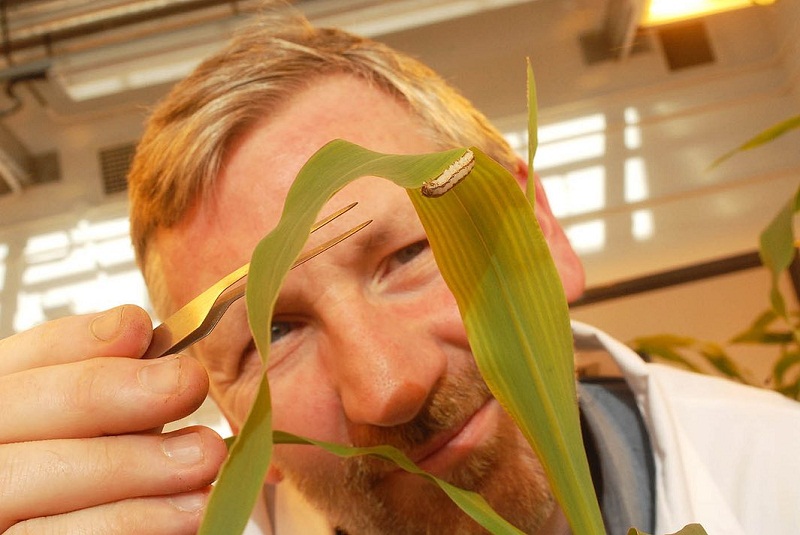Armyworms: The hungry caterpillar threatening a global food crisis

A plague of armyworms is marching across Africa, devastating crops, and claiming new territory at an alarming rate. Speaking Darwinistically, the planet should have no truck with the spodoptera genus, commonly known as armyworms. Fat, slow over the ground and unspeakably terrible looking, they should never have evolved into anything more than an etymological pilot project. In some variants, their heads resemble human brains that have been caramelized with a blowtorch. Mandibles, jammed into the bottom of the face part, glisten with alien goo. In their most gregarious morphological variation, black and dun stripes run down their bodies, mimicking something an avid golfer would wear to a funeral. They are speckled with sparse little hairs, like the budding moustache of a teenage Lothario, while their stubby legs appear to have been distributed randomly, and without consideration for balance and mobility. Unfortunately, as it happens, armyworms do not appear fat and ugly to each other – or not, following one of nature’s great acts of mercy, when they’ve hatched into the world’s most boring looking moth. They reproduce at a staggering rate, with each female laying about 1000 eggs in a 10-day lifetime. And though they may be slow crawlers, they are strong fliers. Every year spodoptera frugiperda, or the fall armyworm, travels from Mexico to Canada, a distance of at least 3000km. But if they have a dominant evolutionary superpower, it is rapacious communalism: in their larval stage, they advance in squadrons, platoons, battalions, armies – tens of millions storming the countryside, eating every crop or garden they can get their mandibles on. Most pests will consume only the good bits, but armyworms will strip even a fully-grown maize plant down to the last leaf. Spodoptera have proved to be a blight in North America, South America, the Middle East, the South Pacific islands, Australia – pretty much everywhere. There are five species of armyworms, but we’re concerned here with the aforementioned frugiperda which is headquartered in North and South America; and the exempta, usually based in Africa. Spodoptera exempta – the African armyworm – specialises in cereals, and has been causing havoc on the continent for decades now, spreading out slowly from the east and in 2009 sparking a state of emergency in Liberia. The new arrival, however, is spodoptera frugiperda, more commonly and chillingly known as ‘the fall’. This variant, which eats pretty much anything, has enjoyed a long, awful history in South America – managing it costs the Brazilian economy a staggering $600 million a year. In January 2016 it was detected for the very first time in Africa, in Nigeria. (As for how it it got there from the Americas, it either flew in on prevailing winds, or caught a plane. No one is yet sure).
Read More:

